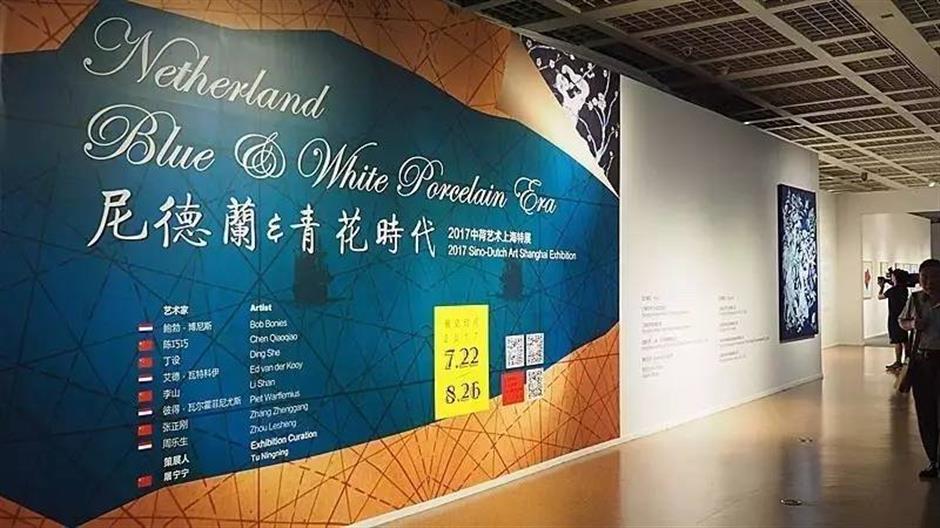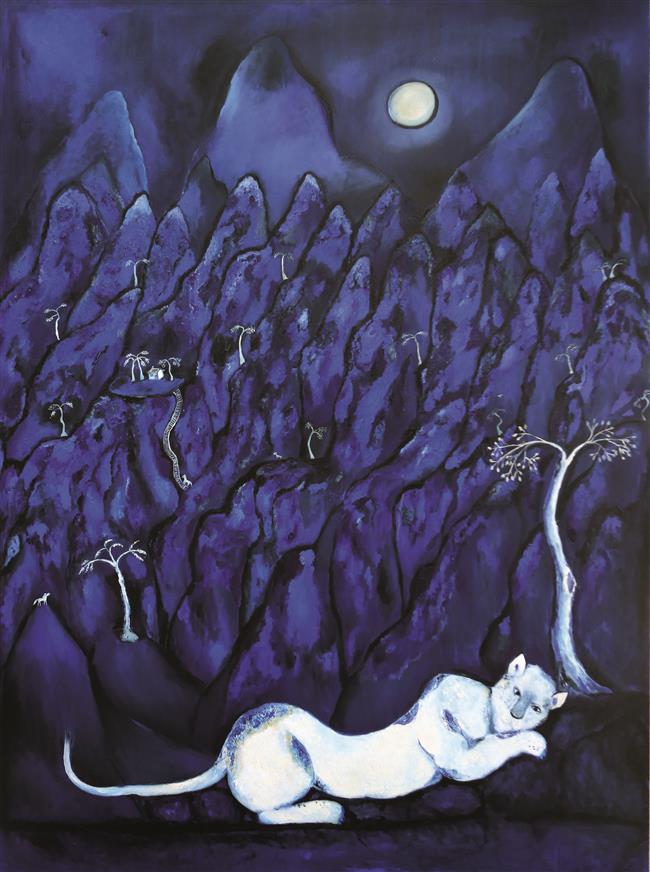Minimalism in art, design and architecture

Minimalism is widely used in classical modern art. For centuries, it has been influencing art, architecture and industrial design throughout the world.
A special exhibition entitled "A Long Waited Encounter" featuring more than 60 works of art from both Chinese and Dutch artists has recently opened to the public on the second floor of the Shanghai Urban Planning Exhibition Center. Representative artists include Chen Qiaoqiao and Ding She from Shanghai and Bob Bonies and Piet Warffemius from the Netherlands.
Under the theme of "Netherlands and Blue & White Porcelain Era," the exhibition serves more like a dialogue between the artists from the two countries with an aim to trace and compare the meaning, composition and development of minimal art in modern-day aesthetics.
Minimal art, also called ABC art, is set to expose the essence, essentials or identity of a subject through eliminating all non-essential forms, features or concepts. The minimalists around the world believe that a work of art should not refer to anything other than itself. For that reason they attempt to rid their works of any extra-visual association. Use of the hard edge, the simple form and the linear rather than painterly approach emphasizes two-dimensionality and allows the viewers an immediate, purely visual response.
Chinese blue-and-white porcelain, since the beginning of the 14th century, has long been an inspiration of minimal art for Chinese artists. Jingdezhen, known as "the capital of China's porcelain," was at first famous for white porcelain. Later, by the addition of cobalt, the blue-colored porcelain was produced.
Around 1603, the Dutch captured Portuguese cargo ships bearing thousands of pieces of Ming Dynasty (1368-1644) porcelain. They were auctioned off and ignited a porcelain mania in Europe. Porcelain wares were sold at such high prices that they were known as "white gold."
Chinese porcelain was still highly valued in the West and the Islamic world even after Europeans learned how to replicate it in the 1700s. The replicas were exotic, the colors bright and beautiful. The wares were durable and useful, and comparatively inexpensive.
"As a cultural symbol of China, the blue-and-white porcelain has become a perfect format where I get to combine my object and its surroundings in a balanced composition," says Chen Qiaoqiao, whose works feature leopards in abstract painting of the wilderness in purely blue and white.

A piece of work by Chinese artist Chen Qiaoqiao
In an answer to Chinese artists' "Blue and White,” Bob Bonies is displaying his works in four major tones ─ red, yellow, blue and white ─ with green as the complementary color to red. His works are characterized by stripes of varying thickness, triangles and rectangles arranged in three classical directions ─ horizontal, vertical and diagonal ─ on a flat wooden surface.
Ding She, a visual artist at Shanghai Artists Association, brings his paintings and installations overwhelmed by one prominent feature, imbued with the images of intertwining lines. Seemingly, his works are of abstract style ─ simple and minimal. However, this effortless minimalism is created through overlapping free-styled calligraphy for dozens of times.
Similarly, Dutch visual artist Piet Warffemius uses different degrees of transparency to present the tender tissue of leaves and fungi under the microscope. His minimalist sculpture is composed of extremely simple, monumental geometric forms made of fibreglass, plastic, sheet metal or aluminium, either left raw or painted with colors of transparency that overlap for dozens of times, making his works totally fragile, poetic and non-referential.
Date: Through August 26 (closed on Mondays), 9am-5pm
Venue: 2/F, Shanghai Urban Planning Exhibition Center
Address: 100 People's Ave
Admission: 30 yuan















